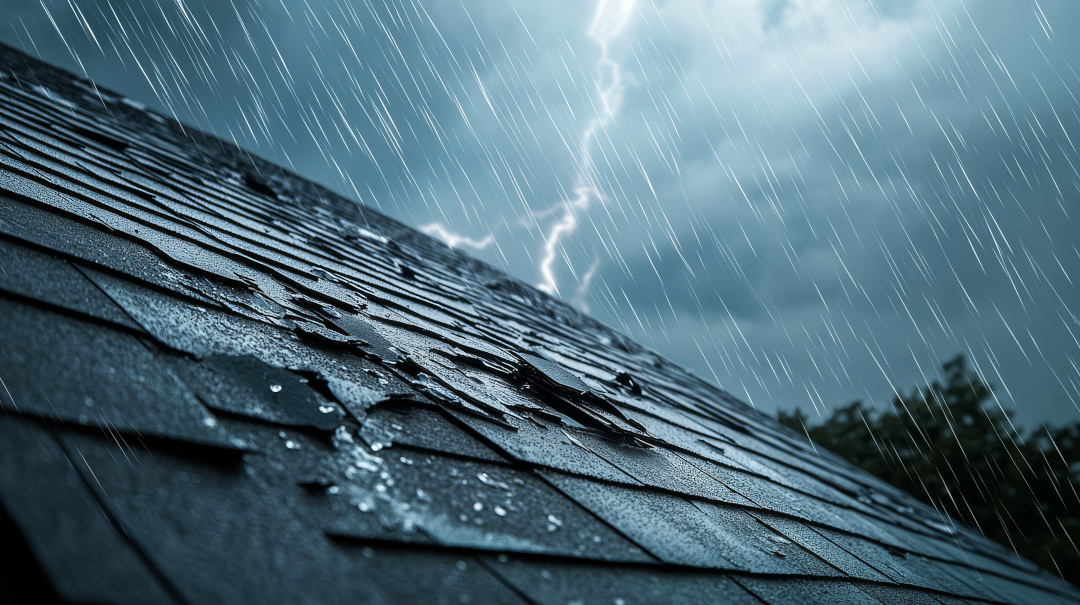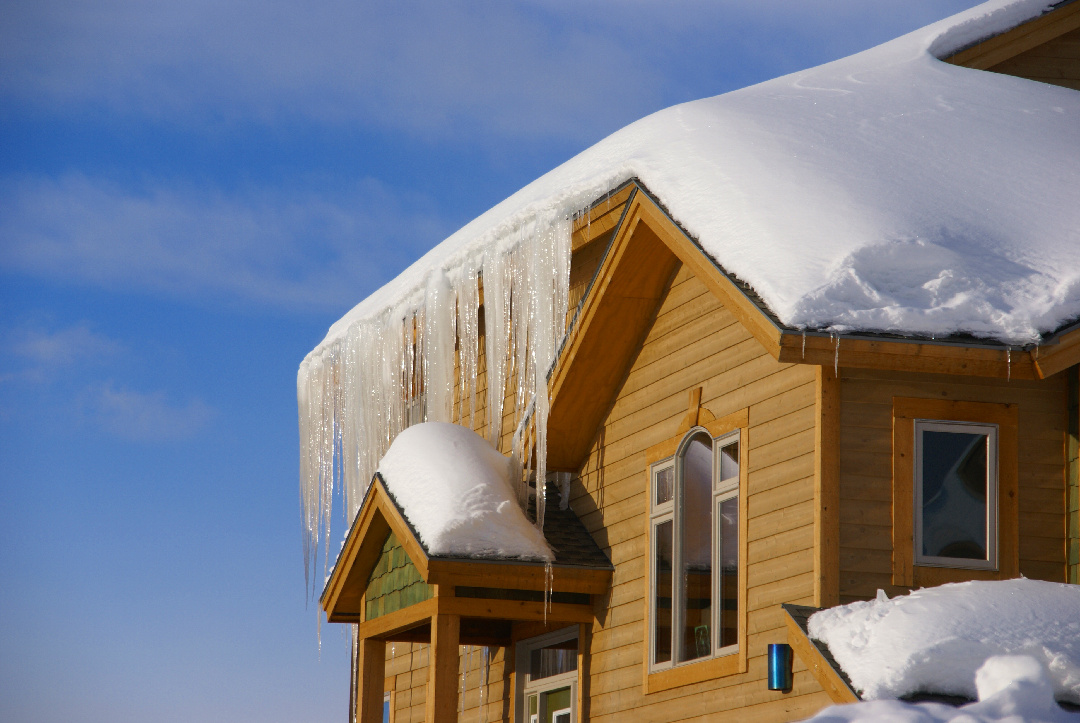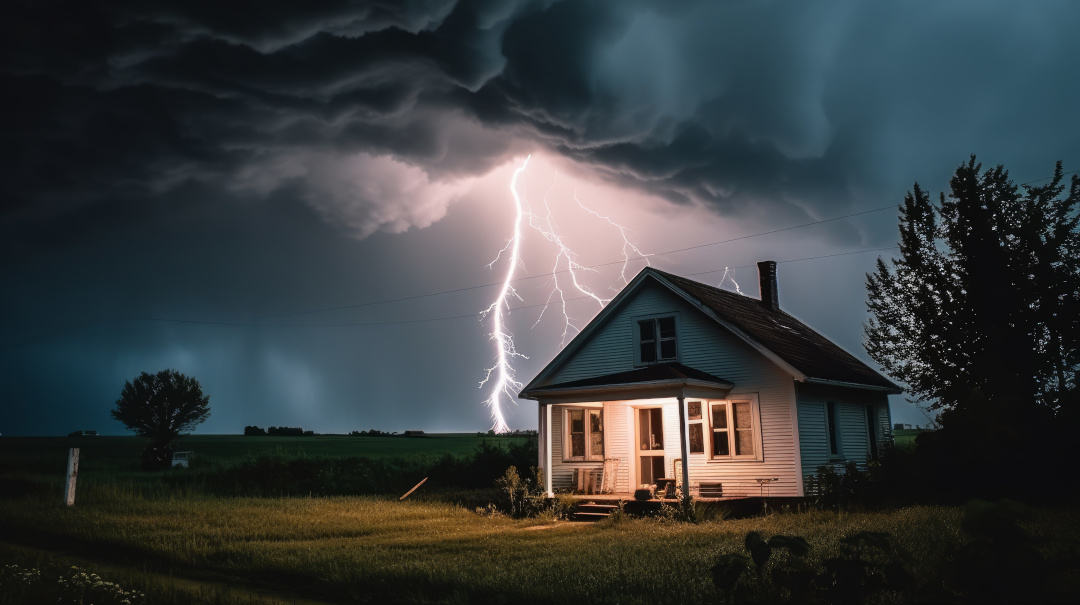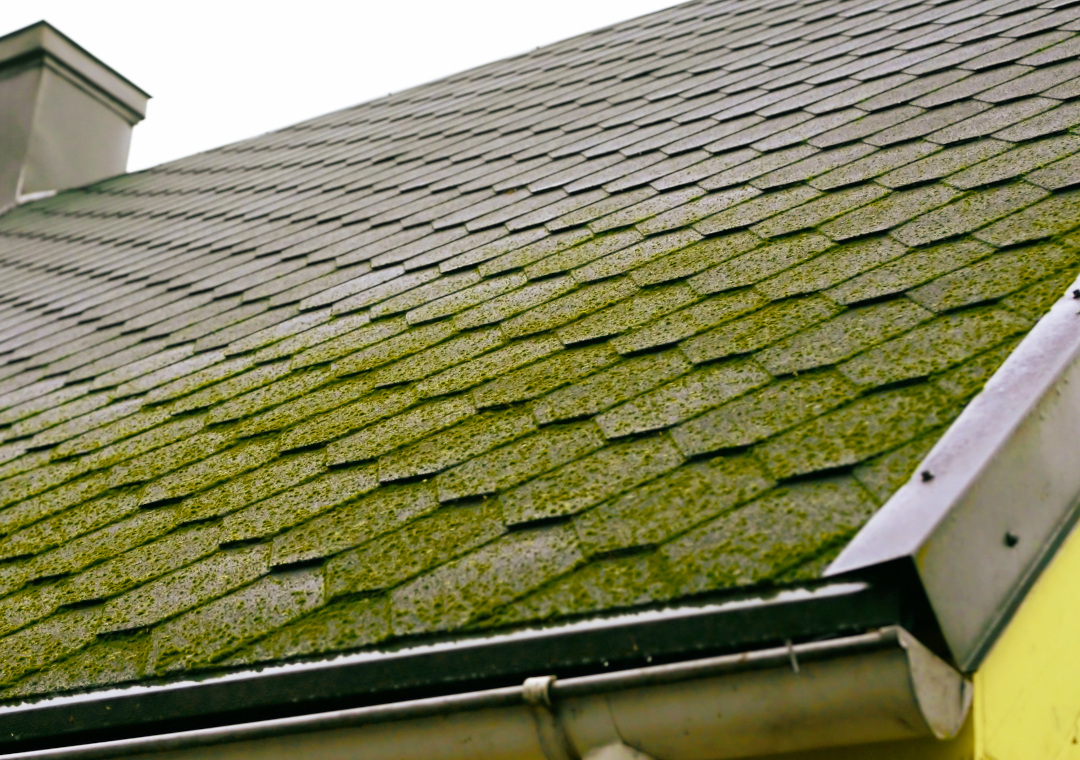
Learn the warning signs of damaged flashing and stay ahead of leaks with regular checks and maintenance.
Flashing is the metal material that protects areas of your roof prone to leaks. It’s often found protecting joints and seams, especially around chimneys, vents, and skylights. While shingles are the best at protecting your roof from water damage, flashing is essential to keeping your roof intact.
Copper, steel, and aluminum are among the primary materials generally used in flashing. The thin metal seals off joints around different features of your roof and directs water off of the roof or into gutters. It also adds a preventative layer that significantly decreases the risk of leaks.
Signs Your Flashing is Damaged
Weather, climate, and the time of year can affect the integrity of your roof’s flashing. Typically the flashing is more durable than other roof features, but it will eventually show signs of wear and damage.
Luckily, flashing damage can be spotted fairly easily, but be sure to check on a regular basis so the issue doesn’t become more difficult to repair. Here’s what to watch:
• Corrosion and rust – Corrosion can spread and develop holes in the flashing, allowing water to penetrate. A patch is usually a sufficient fix as long as the issue has not progressed.
• Missing pieces – Wind and severe weather can cause pieces of flashing to break away from your roof. Make sure to quickly assess the loss and get the pieces replaced as soon as possible to prevent leaks.
• Bends and cracks – This kind of damage to the metal can cause its structure to weaken, which creates an opportunity for corrosion.
• Mold – Unfortunately, this is usually an indicator that the flashing was installed incorrectly and needs to be replaced.
• Internal leaking – Any leaks inside your home near windows, fireplaces, or in your attic may indicate that some of your roof flashing has been compromised.
Roof Flashing Maintenance
Most of the time you can locate issues with flashing early enough to prevent further damage. As a good rule of thumb, check on the flashing at least once a year to make sure there are no holes, corrosion, mold, etc.
Here are some things you can do on your own to maintain or fix flashing before it becomes a bigger problem.
• It’s an easy fix when flashing is loose, beginning to pull away, or even removed from the roof. Simply unscrew that are the same metal as your flashing and screw the flashing back onto the framing to resecure it to your roof.
• If there are small holes in your flashing, cover the hole with a patch to prevent further damage. Cut some flashing a little larger than the hole and secure it with roof cement. Note: if there are multiple corroded holes, we recommend contacting a roofing expert for repair services.
• Repair a leak by applying roof cement around the edges of the flashing.
Fixing roof flashing is sometimes easy to repair on your own. However, if you don’t have the appropriate equipment, can’t get up to your roof safely, or the problem is advanced, be sure to contact a trusted roofing expert right away. Enterprise Roofing partners with a metal company that cuts flashing unique for each job. Contact Enterprise Roofing for a consultation today!

Essential Roofing Considerations for Springboro, Ohio Homeowners

The Cost of Neglect: Why Year-Round Roof Maintenance Saves Money

Understanding & Preventing Ice Dams to Protect Your Home

Storm Chasers & Insurance Trends: What Homeowners Need to Know

